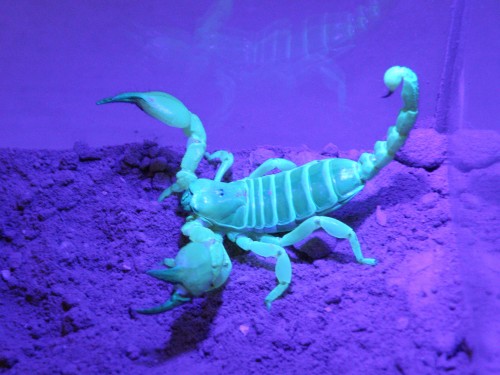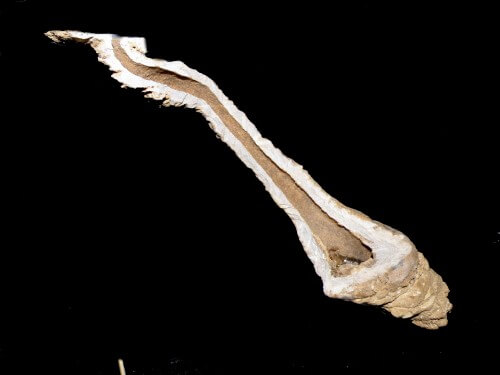Scientists at Ben-Gurion University discovered that the scorpions' dens have a level on which they warm up before going on their nightly hunt

Dr. Amanda Adams, a post-doctoral student in the Marko and Louise Mitrani Department of Desert Ecology at the Jacob Blaustein Institute for Desert Research at the university, and her supervisor, Prof. Berry Pinshaw, are studying the burrows of yellow scorpions (Scorpio maurus palmatus) in the Negev . After capturing the scorpions, they poured molten aluminum into their burrows to create a replica of the burrows. When the casts solidified, they were taken out and scanned using a XNUMXD laser scanner and the results were analyzed in computer software.
It turned out that the burrows were built according to a very sophisticated design. In each burrow, a short vertical entrance shaft opens to a horizontal plane, only a few centimeters below the surface. The researchers leave that this plain is a warm and safe place where the scorpions raise their body temperature before leaving the burrow on their way to their night hunt. As ectothermic animals, scorpions rely on energy from the environment to regulate their internal temperature.
After the level, the burrows turn sharply downwards and go deeper below the surface, to the point of creating a dead-end room between 20 and 40 cm deep. In the heat that prevails in the desert during the day, this cool and humid room provides the scorpion with a place of refuge and rest, where the loss of water due to evaporation is minimal. Since the design was common to all burrows studied, this suggests that burrow construction in scorpions evolved to meet their physiological needs.

"We know very little about the burrow environments," says Dr. Adams. "We plan to expand our research to additional species of scorpions from around the world, in order to test how the design of the shape of the burrow is part of the extended physiology of the burrow builder." Understanding the relationship between environmental conditions and the structure of the burrows may help predict how the burrow builders will respond to climate change.
Scorpions are carnivorous animals, found on all continents except Antarctica. They inhabit a variety of habitats, including forests, steppes, mountains and deserts. Their varied diet includes arthropods, lizards and even small rodents.
Dr. Adams presented the research at the Society for Experimental Biology's annual meeting in Manchester, UK, on Thursday, July 3, 2014.
